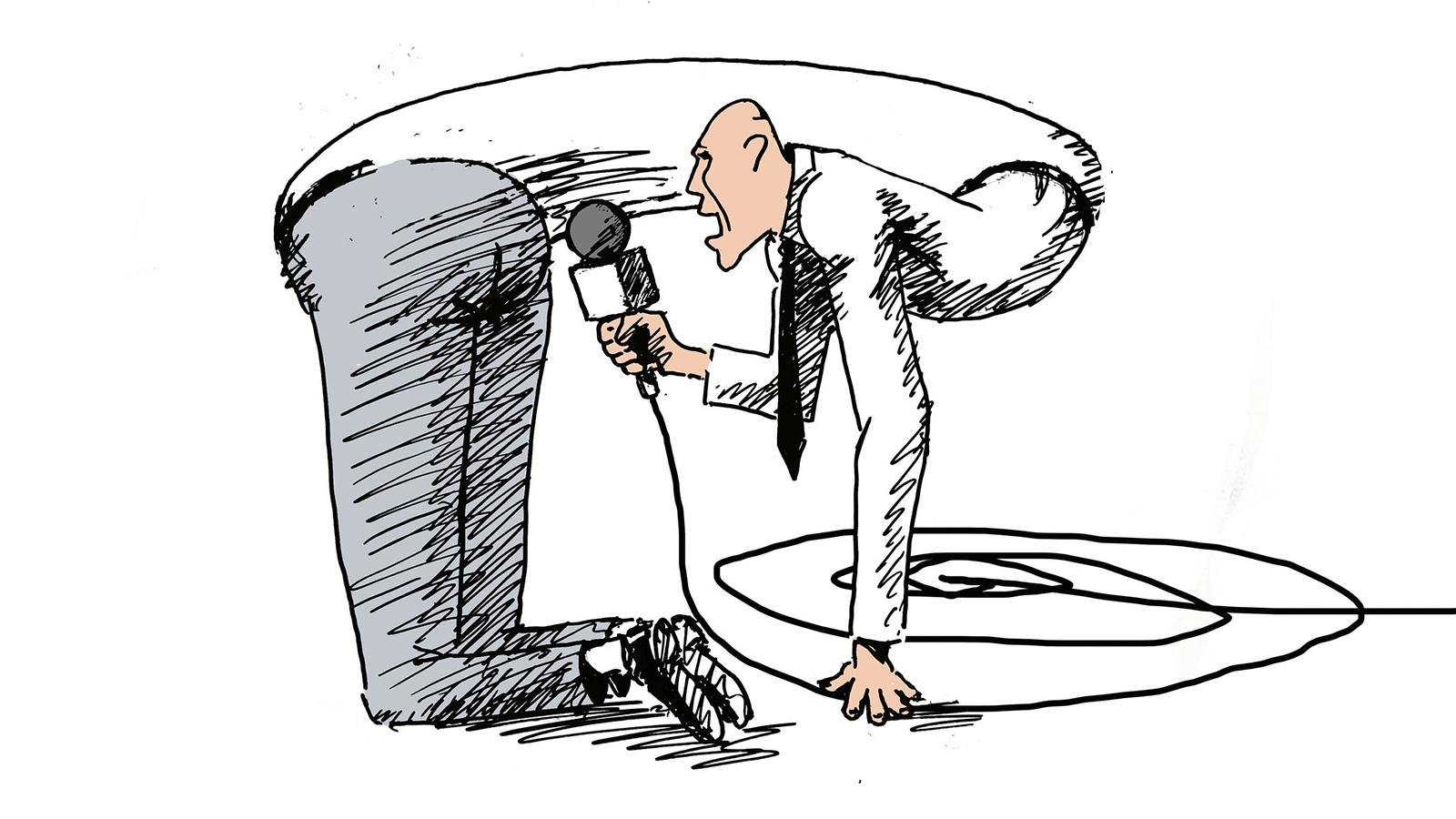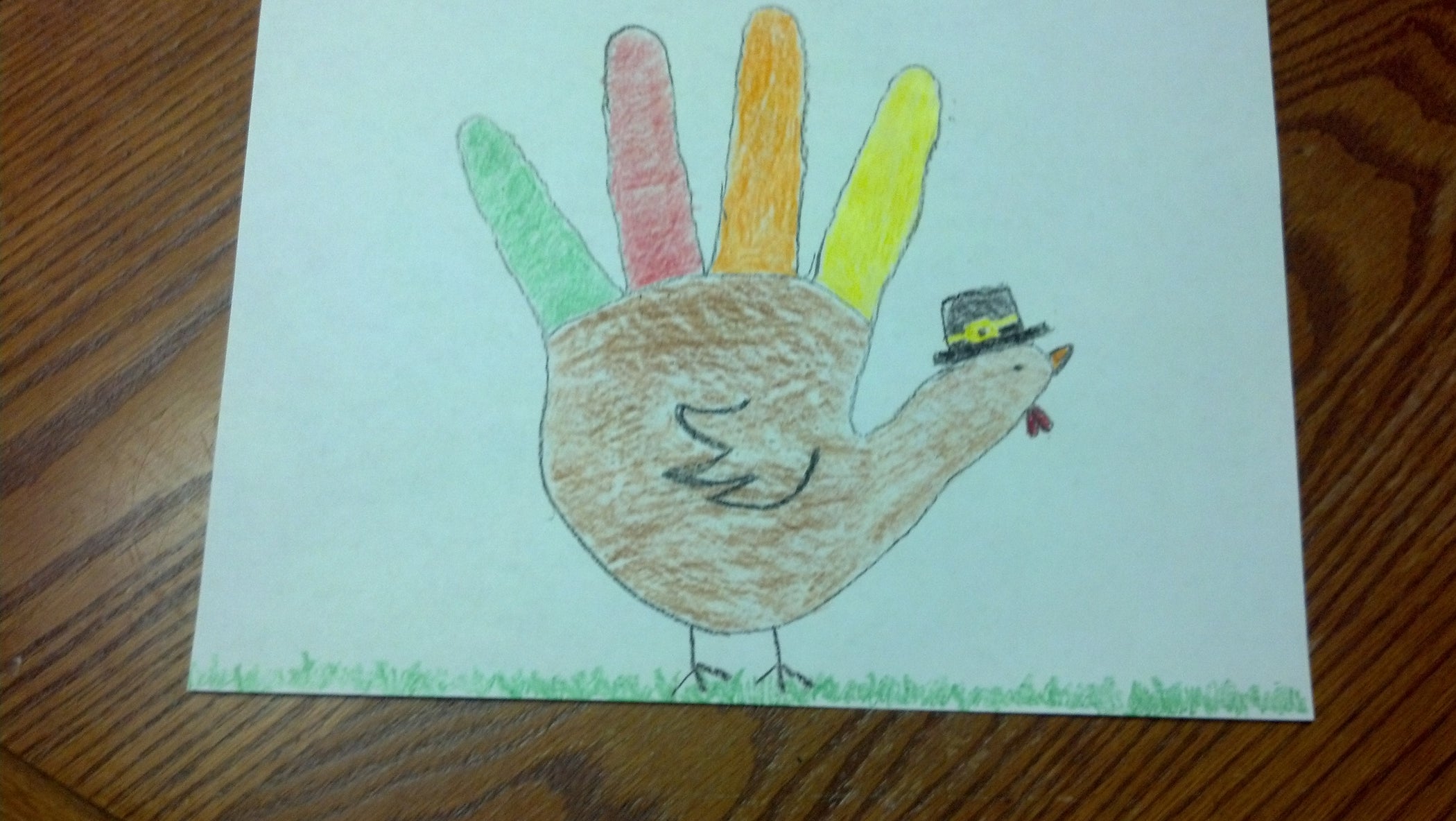Majestic movement
Table of Contents
Table of Contents
Are you an aspiring artist who wants to learn how to draw a horse in motion? Drawing a horse in motion can be challenging, but it’s also incredibly rewarding. It’s an essential skill for artists who specialize in wildlife or animal drawings, as well as for those who want to improve their overall drawing skills. In this blog post, we’ll cover everything you need to know about how to draw a horse in motion.
Pain points related to how to draw a horse in motion
One of the biggest challenges of drawing a horse in motion is capturing the dynamic movement of the animal. Horses move quickly and gracefully, and it can be challenging to create a drawing that accurately portrays their speed and agility. Another pain point is the complexity of a horse’s anatomy - understanding their skeletal, muscular, and skeletal systems can be overwhelming when trying to create movement.
How to draw a horse in motion
The key to drawing a horse in motion is understanding their anatomy and movement. Start by focusing on the basic shapes that make up their body, such as the head, body, and legs. Once you’ve mastered these basic shapes, start adding more details like the eyes, ears, and nose. Pay attention to the horse’s weight shifts, muscle movements and the position of each leg.
When drawing a horse in motion, it’s also important to pay attention to the horse’s gait - this will help you to portray the animal’s movement more accurately. Horses can gallop, trot, canter, or walk, and each of these gaits has a specific pattern of footfalls, weight shifts and it determines how the body moves. Understanding these different gaits and how the horse’s body moves during them is essential if you want to draw a horse in motion realistically.
Summary of how to draw a horse in motion
To draw a horse in motion, start by understanding their anatomy and movement patterns. Focus on the basic shapes that make up their body, and add in more details as you go. Pay attention to the horse’s weight shifts, muscle movements and gait, and use reference photos and videos to help you in your drawing process.
Understanding the gallop gait
The gallop gait is one of the most challenging aspects of drawing a horse in motion. The horse’s body becomes elongated and streamlined, and their legs stretch out to cover as much ground as possible. To portray this movement accurately, focus on the horse’s head and neck. The head will be lowered, and the neck will be arched. The back will be straight, and the hind legs will be stretched out behind the body. You can use reference photos and videos to help you understand the gallop in more detail, and to see how different parts of the horse’s body move during this gait.
Understanding the canter gait
The canter gait is a little slower than the gallop, but it’s still quite fast. The horse’s body moves in an up-and-down motion, with each front leg moving at a different time than the back legs. To portray this movement accurately, pay attention to the horse’s head and neck. The head will be up and alert, and the neck will be arched. The front legs will be extended, and the back legs will be bent slightly. Again, using reference photos and videos can help you understand the movement of the canter gait in more detail.
Using reference photos and videos
Using reference photos and videos is one of the most helpful ways to understand a horse’s movement and anatomy. Look for images of horses in motion or watch videos that show horses running or trotting. Pay attention to how their legs move, where their weight shifts, and how their muscles work together. Take notes or make sketches as you go, and use this information to inform your own drawings.
Practice makes perfect
As with any skill, practice is key when it comes to drawing a horse in motion. Set aside dedicated time each day or week to practice your drawing skills. Experiment with different mediums, such as pencil, charcoal or ink, to see what works best for you. And, most importantly, don’t get discouraged if your drawings don’t turn out as you expect. As long as you keep practicing and learning, you’ll continue to improve your skills.
Personal experience with drawing a horse in motion
I remember the first time I tried to draw a horse in motion - it was a disaster. I struggled to capture the movement of the animal, and my drawing looked stiff and unnatural. But I didn’t give up. I started studying horse anatomy and movement, using reference photos and videos to inform my drawing process. Over time, my skills improved, and I was able to create more accurate and dynamic drawings of horses in motion.
Question and Answer
Q: What’s the best way to start drawing horses in motion?
A: The best way to start drawing horses in motion is to study their anatomy and movement patterns. Focus on the basic shapes that make up their body, and then work on adding more details as you go. Start by drawing horses standing still, and then progress to drawing them in different gaits.
Q: What medium is best for drawing horses in motion?
A: Any medium can work for drawing horses in motion - it’s all about personal preference. Some artists prefer pencil or charcoal, while others like to use ink or watercolors. Experiment with different mediums to see what works best for you.
Q: How do I make my horse drawings more realistic?
A: To make your horse drawings more realistic, focus on their anatomy and movement patterns. Pay attention to the way their muscles move, and how their weight shifts as they move. Use reference photos and videos to help inform your drawings, and practice regularly to improve your skills.
Q: Is it necessary to take art classes to learn how to draw horses in motion?
A: It’s not necessary to take art classes to learn how to draw horses in motion, but it can be helpful. Art classes can provide you with a structured learning environment, as well as feedback from experienced instructors. That being said, there are plenty of online resources available for free that can help you improve your horse drawing skills.
Conclusion of how to draw a horse in motion
Drawing a horse in motion is a challenging but rewarding skill for any artist to learn. By understanding their anatomy and movement patterns and using reference photos and videos, you can create realistic and dynamic drawings of horses in motion. With practice and patience, you can continue to improve your skills and create beautiful horse drawings that capture the grace and power of these majestic animals.
Gallery
Running Horse Drawing Reference

Photo Credit by: bing.com / flipbook pferde tutorial gallop animate sketchbook gait animating anatomie pferd disegni step steg cavalli schizzo cavallo schizzi hestetegninger maltechniken forexcotradebroker
The Structure Of A Horse In Motion | Horse Drawings, Horse Sketch

Photo Credit by: bing.com / galloping
Majestic Movement - How To Draw Horses In 2020 | Horse Anatomy, Horse

Photo Credit by: bing.com / sketcherjak dressage fc01 equine zapisano
Majestic Movement | Horse Drawings, Horses, Animal Sketches

Photo Credit by: bing.com / horse movement majestic horses draw drawings anatomy drawing choose board
Pin By Flamingcatbird On Art Tutorials And Reference In 2020 | Horse

Photo Credit by: bing.com / djurteckningar





